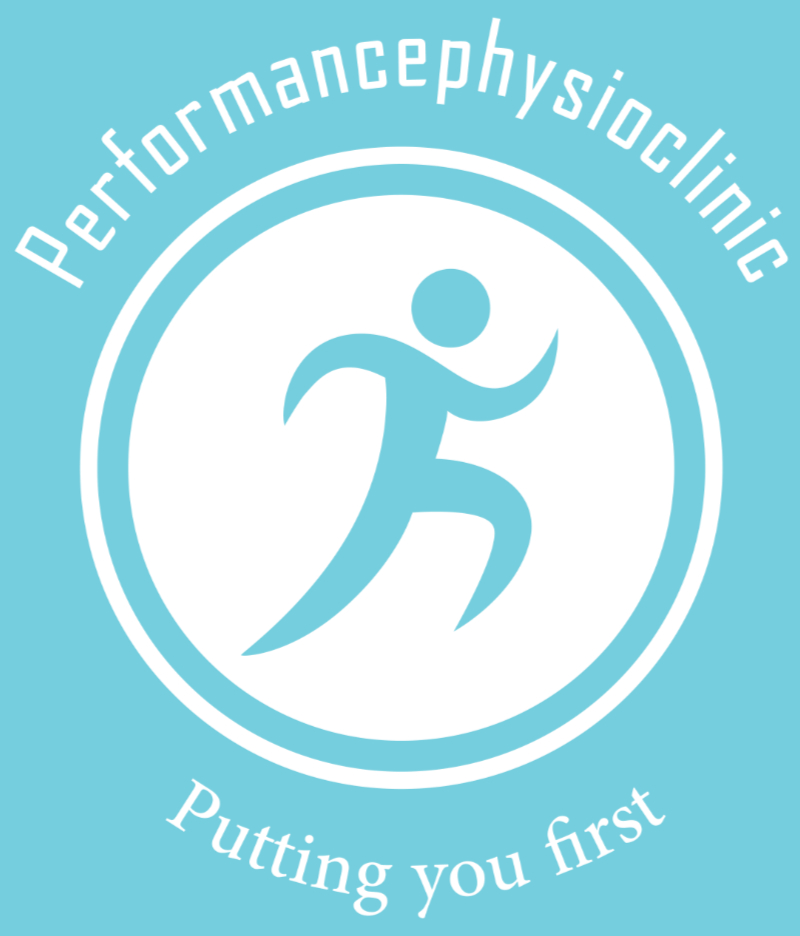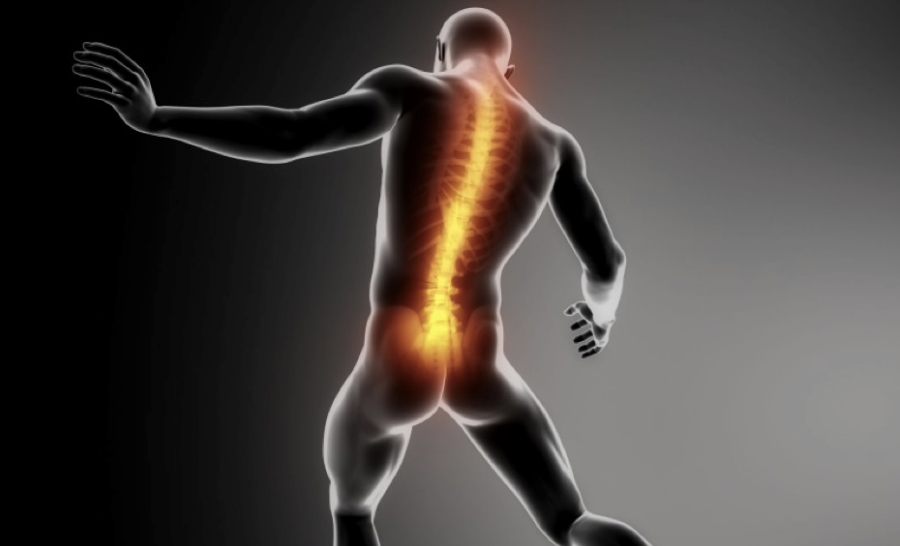Do you suffer from low back pain- Do Not Fear! Let’s discuss some of the myths associated with low back pain.
Lower back pain is a very common health problem worldwide, and the most common cause for people see a physiotherapist. Statistically speaking, 90% of us will experience an episode of lower back pain during our lives, but that doesn’t mean we should fear it. Instead I suggest we try to understand the anatomy and remove the fear associated with it.
‘’My spine is crumbling’’. ‘’My disc has slipped out’’. ‘’I have degenerate disc disease’’. These are things patients are often told, which are in fact incorrect. This sort of language can sound very scary, which normally results in patients not wanting to move out of fear. So let’s discuss the anatomy and put these fears to rest.
The lower back or lumbar spine is made up of 5 vertebrae, named L1-5. So if you have had a scan or x-ray, and they have mentioned a particular level, this is what they are referring to. When people are told that they have a “crumbling spine”, it is normally in reference to osteoporosis or degeneration. Osteoporosis is when the bone density is lower than normal values. So if you had a fall, you are at higher risk of fracturing your spine, but your spine is not crumbling! Sometimes people with osteoporosis can suffer wedge fractures higher up the spine, but generally not in the lumbar spine.
Degeneration of the spine and discs is not a disease; they are normal age related changes, like getting grey hair or wrinkles. So if an x-ray does show this, don’t worry.
Between each vertebra is a disc, which works as a shock absorber. The most common fear we hear from patients is that they have injured a disc. The disc is made up of an outer layer of fibrocartilage known as the annulus fibrosus, and an inner gel-like structure known as the nucleus pulposus. Either side of the disc is cartilaginous endplate, which is connected to the outer layer of disc, preventing it from moving. Therefore a disc cannot slip.
Discs can be injured, discs do bulge, but they do heal. It is in fact quite common to find disc bulges on scans of people without pain. It is important to understand that discs are actually very strong and can withstand a lot of pressure, but we do know that shearing forces are the most likely way by which they are injured.
I often use the example of spraining your ankle; most people know that it will get better if they keep it moving, do strengthening exercises and give it time. So why don’t we think the same with lower back pain? Anatomically both areas have bones, muscles, nerves and other soft tissue structures. The answer is more the irrational fear associated with getting lower back pain.#
The best things that you can do when you get back pain is to keep yourself moving and to seek advice from a physiotherapist. At the Performance Physio Clinic we are highly experienced in treating patients suffering from low back pain. Please book an appointment to get you back performing to your best.
I hope you have found this helpful
Warm regards
Niall Burns BSC MSC MCSP

